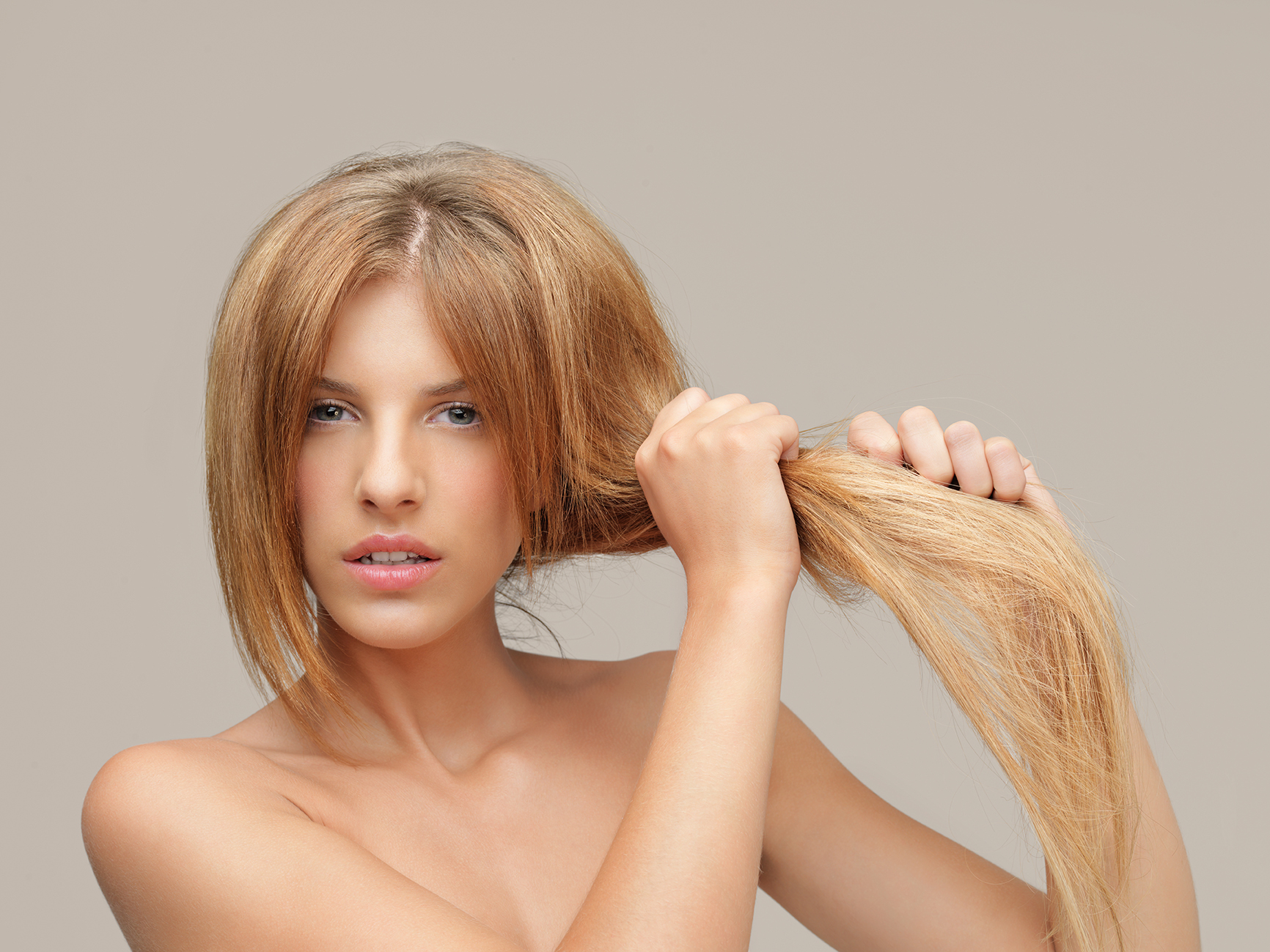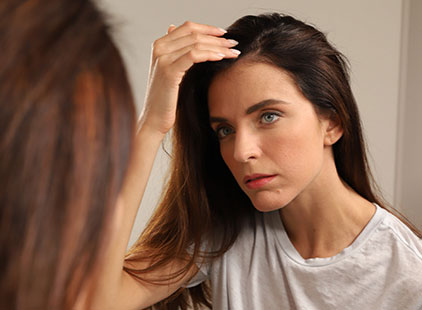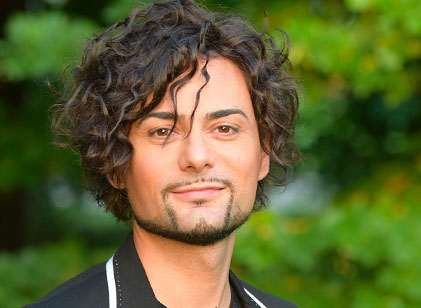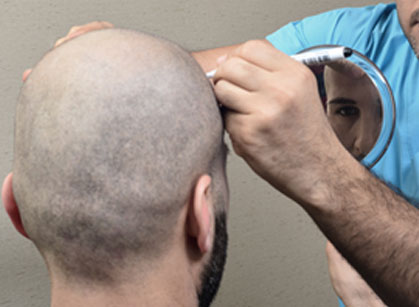Structure and chemical composition of hair
The hair on our bodies has a particular structure and is divided into thin and thick hair. Thin hair, also called lanugo or vellus, is located on all skin surfaces except for the palms of the hands and the soles of the feet. Thick hair, also called terminal hair, is dark and located only in some areas such as the scalp, the armpits, the pubic area, the beard area in the case of men, etc…

 Italiano
Italiano  Português
Português  Français
Français  Español
Español 



